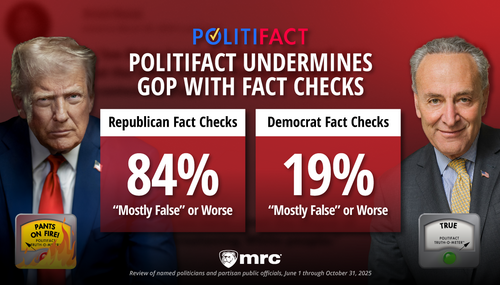Good news, we’re doomed, says New York Times columnist Thomas Friedman in Wednesday’s "The Earth Is Full." (Has the globe-trotting Friedman never been to Texas?) But we can still save ourselves eventually, as long as we realize that "the consumer-driven growth model is broken and we have to move to a more happiness-driven growth model, based on people working less and owning less." But does that "own less" solution include the privileged columnist as well?
You really do have to wonder whether a few years from now we’ll look back at the first decade of the 21st century -- when food prices spiked, energy prices soared, world population surged, tornados plowed through cities, floods and droughts set records, populations were displaced and governments were threatened by the confluence of it all -- and ask ourselves: What were we thinking? How did we not panic when the evidence was so obvious that we’d crossed some growth/climate/natural resource/population redlines all at once?
"The only answer can be denial," argues Paul Gilding, the veteran Australian environmentalist-entrepreneur, who described this moment in a new book called "The Great Disruption: Why the Climate Crisis Will Bring On the End of Shopping and the Birth of a New World." "When you are surrounded by something so big that requires you to change everything about the way you think and see the world, then denial is the natural response. But the longer we wait, the bigger the response required.
But fear not, Friedman argued, a crisis is coming that will make action inevitable.
We will not change systems, though, without a crisis. But don’t worry, we’re getting there.
We’re currently caught in two loops: One is that more population growth and more global warming together are pushing up food prices; rising food prices cause political instability in the Middle East, which leads to higher oil prices, which leads to higher food prices, which leads to more instability. At the same time, improved productivity means fewer people are needed in every factory to produce more stuff. So if we want to have more jobs, we need more factories. More factories making more stuff make more global warming, and that is where the two loops meet.
Friedman wrote a book on climate change called "Hot, Flat and Crowded," and penned this piece of paranoia in an October 2009 column: "...we never know when the next emitted carbon molecule will tip over some ecosystem and trigger a nonlinear climate event -- like melting the Siberian tundra and releasing all of its methane, or drying up the Amazon or melting all the sea ice in the North Pole in summer."
Friedman forwarded Gilding’s anti-capitalistic idea, dressed in green:
We will realize, he predicts, that the consumer-driven growth model is broken and we have to move to a more happiness-driven growth model, based on people working less and owning less.
"How many people," Gilding asks, "lie on their death bed and say, ‘I wish I had worked harder or built more shareholder value,’ and how many say, ‘I wish I had gone to more ballgames, read more books to my kids, taken more walks?’ To do that, you need a growth model based on giving people more time to enjoy life, but with less stuff."
Friedman's call to "own less" would be more palatable if he wasn't throwing his self-righteous stones from his own palatial residence. The July 2006 Washingtonian magazine called it "a palatial 11,400-square-foot house, now valued at $9.3 million, on a 7.5-acre parcel just blocks from I-495 and Bethesda Country Club."




